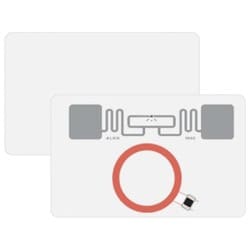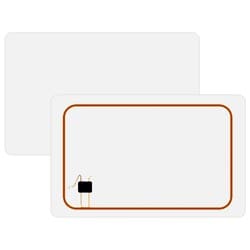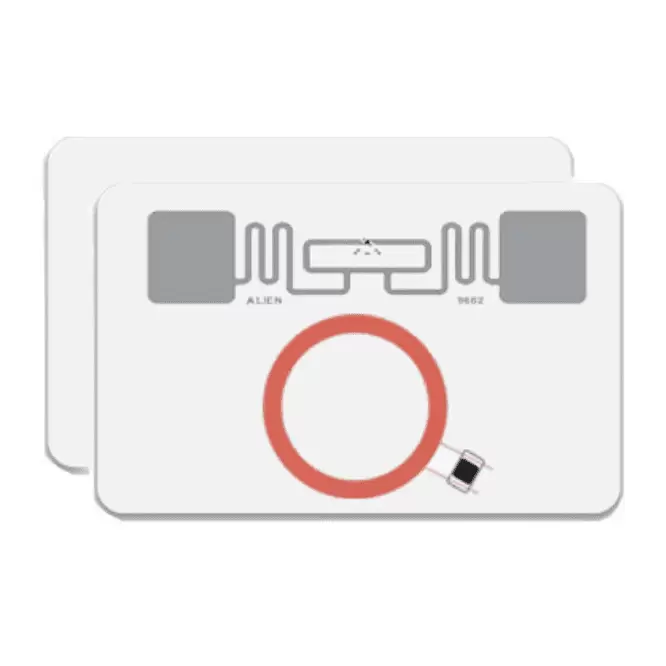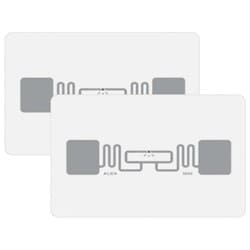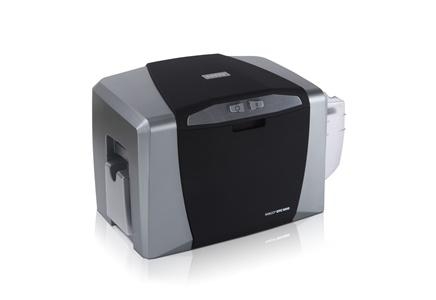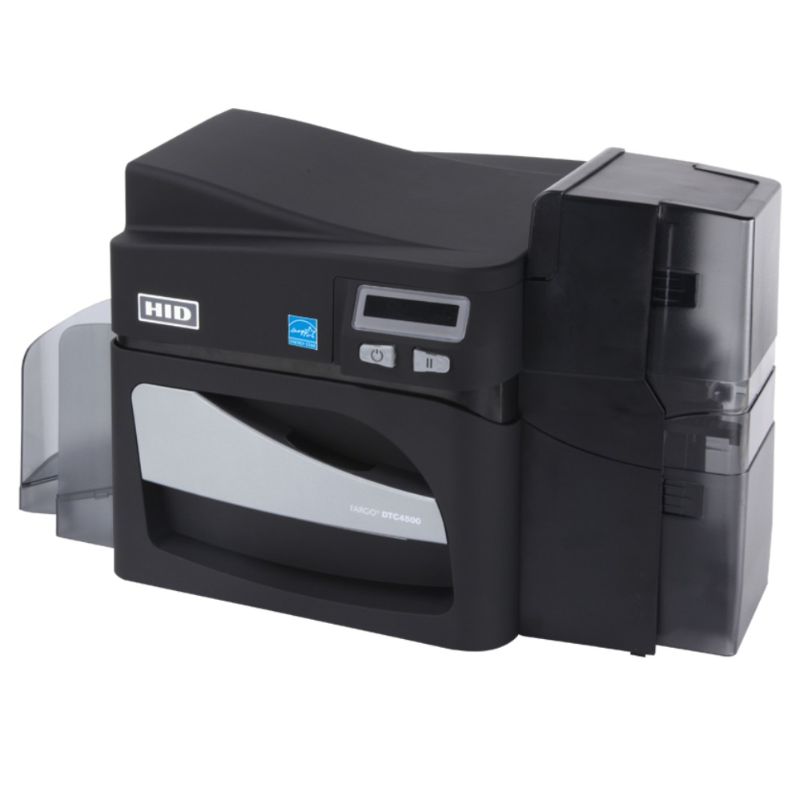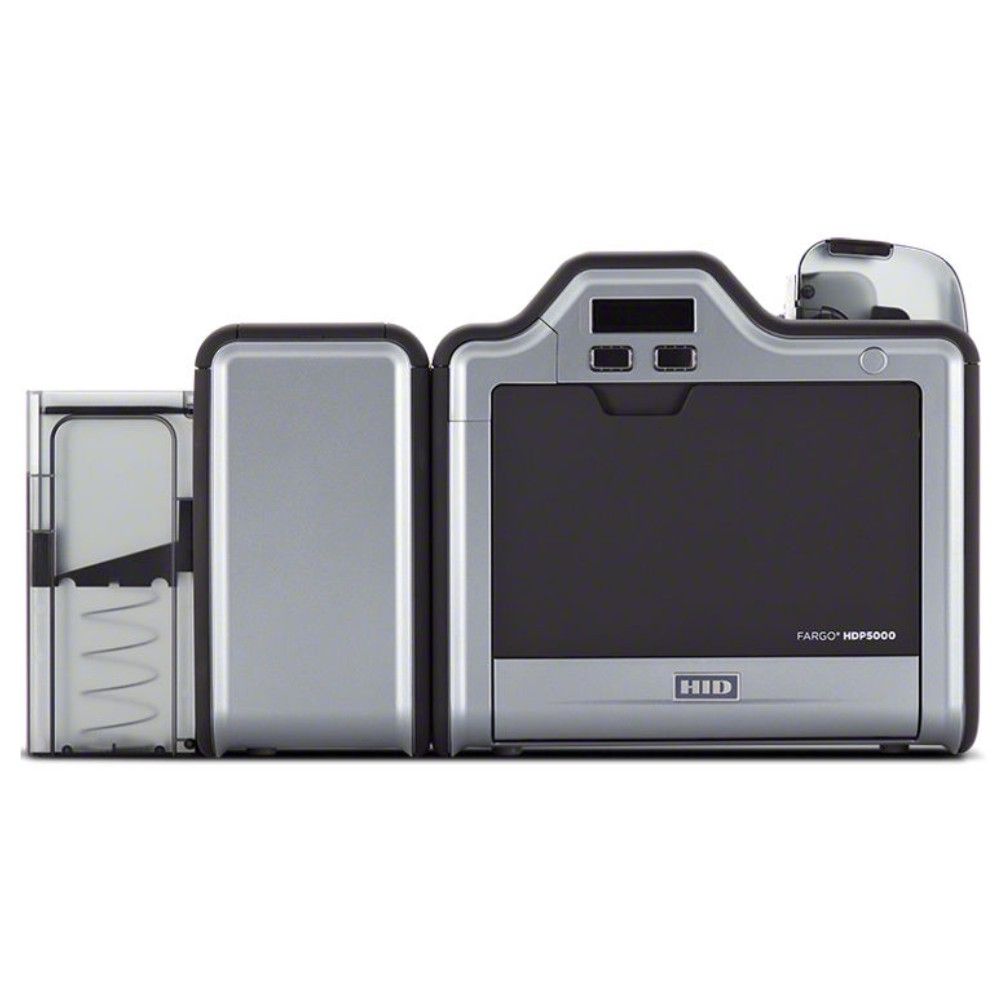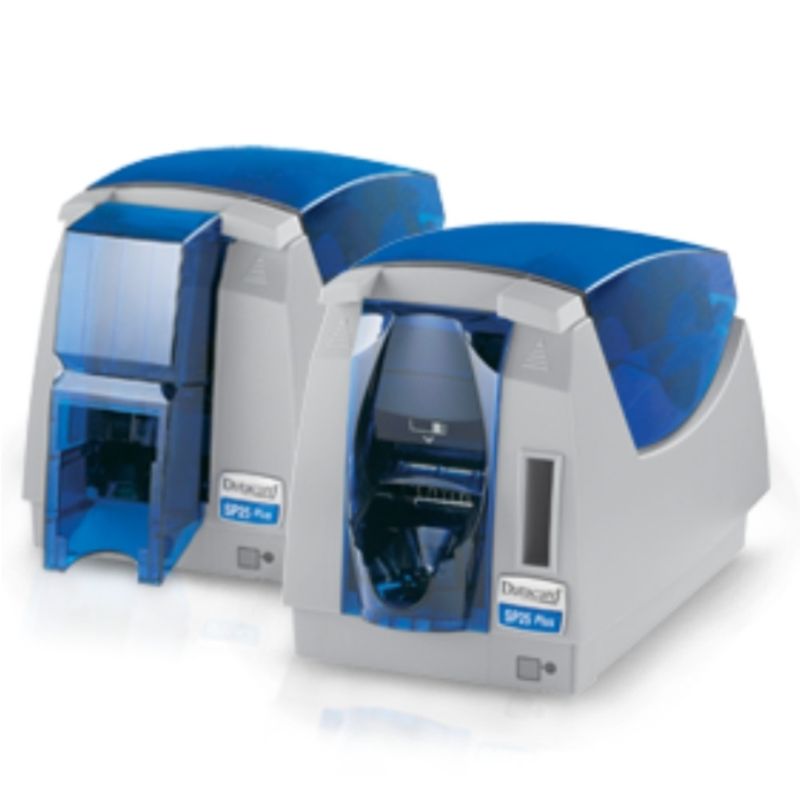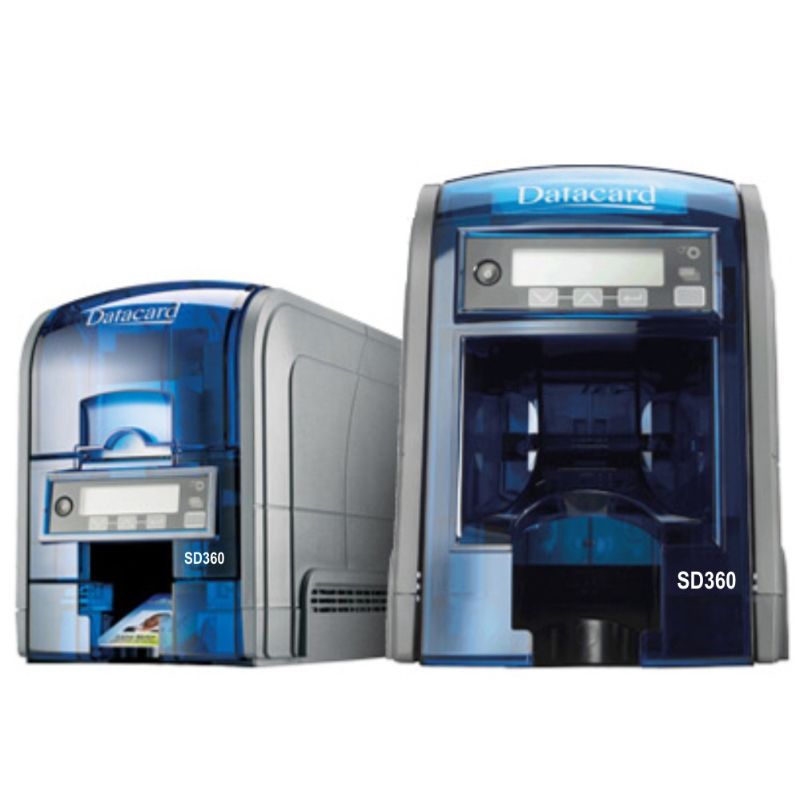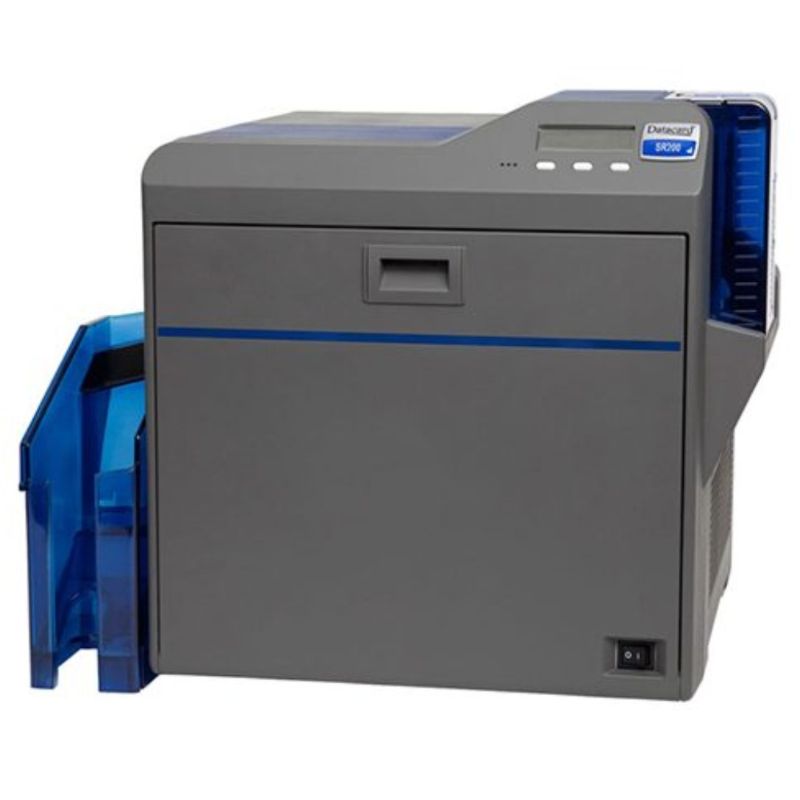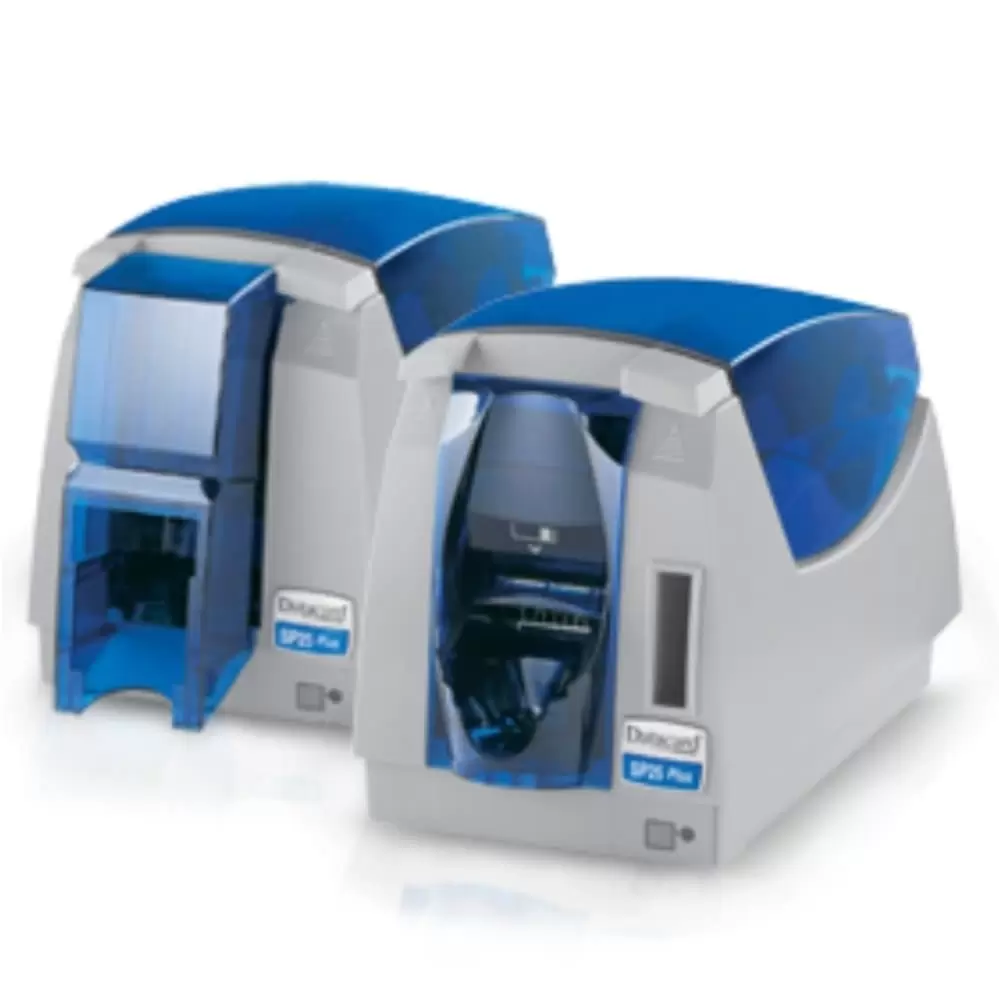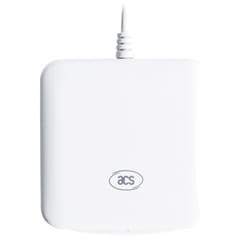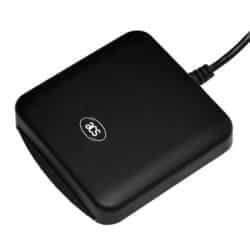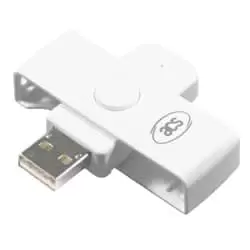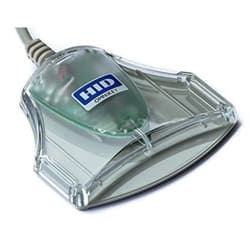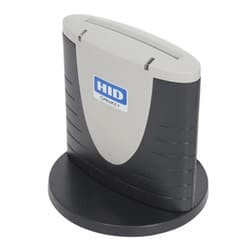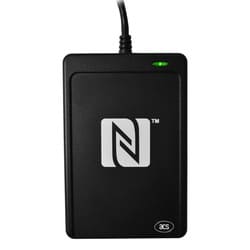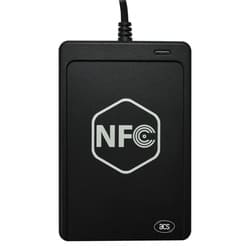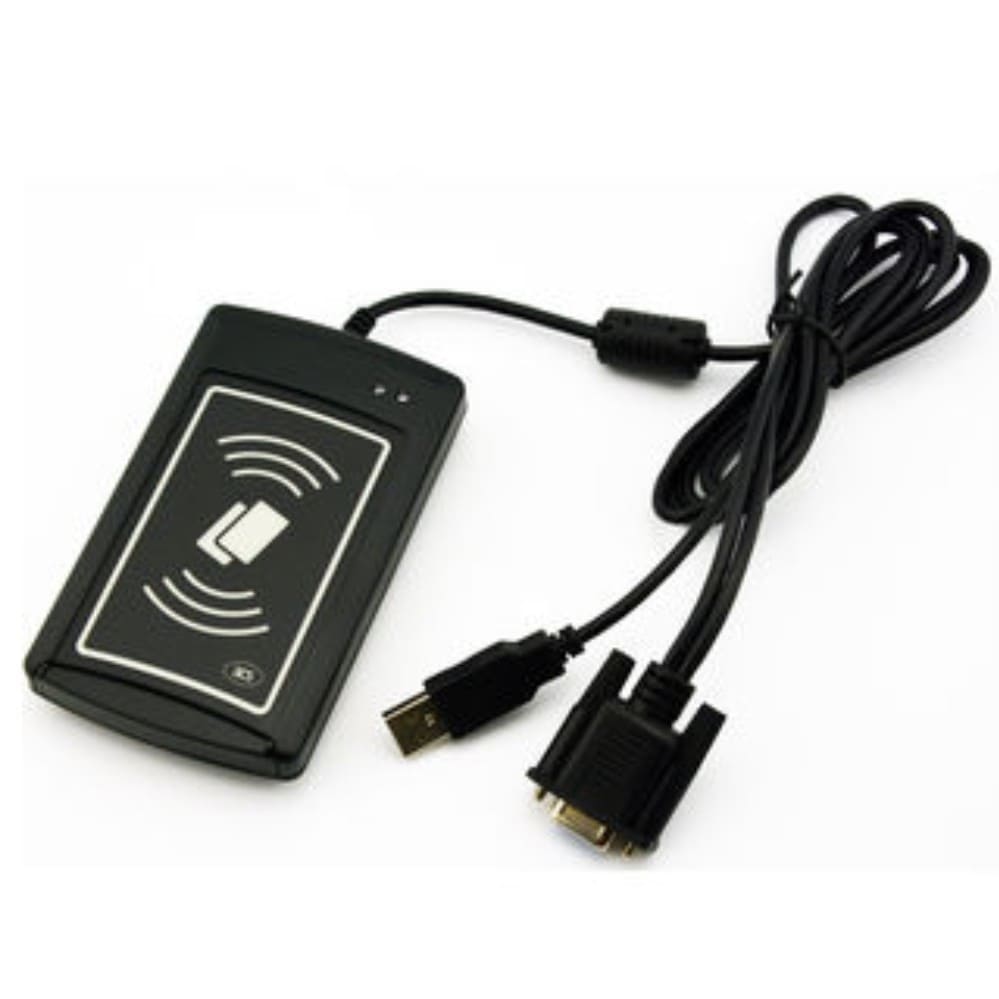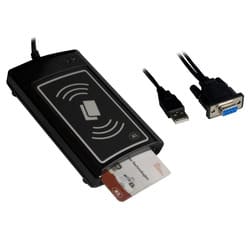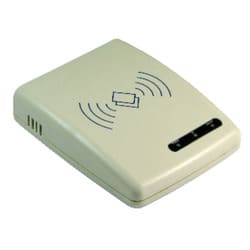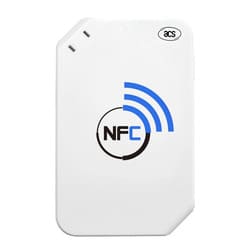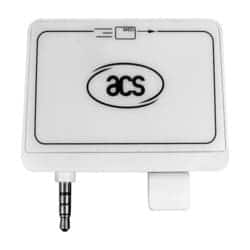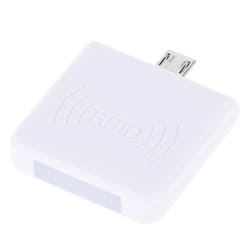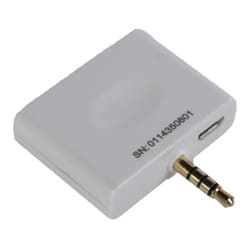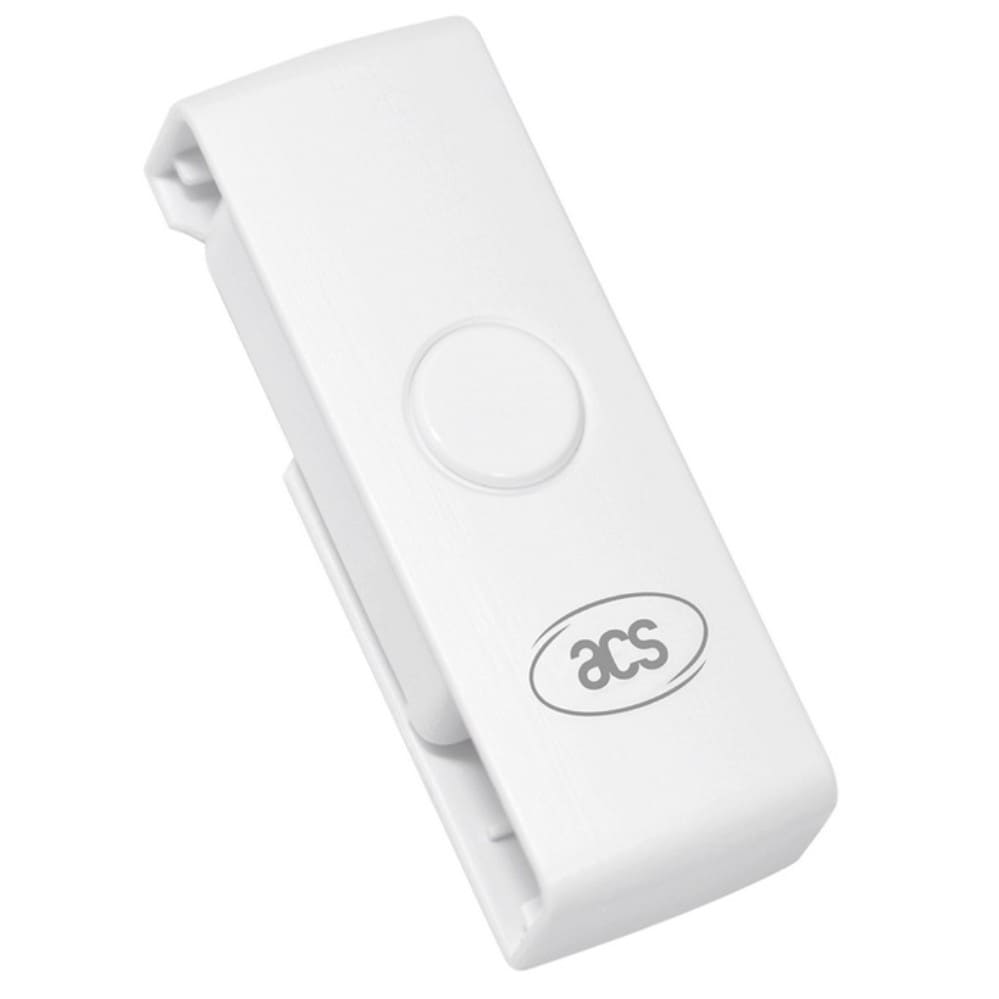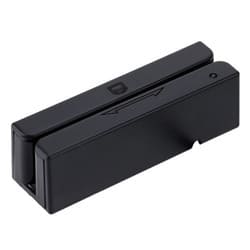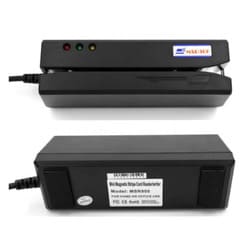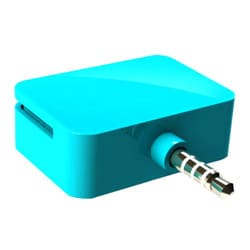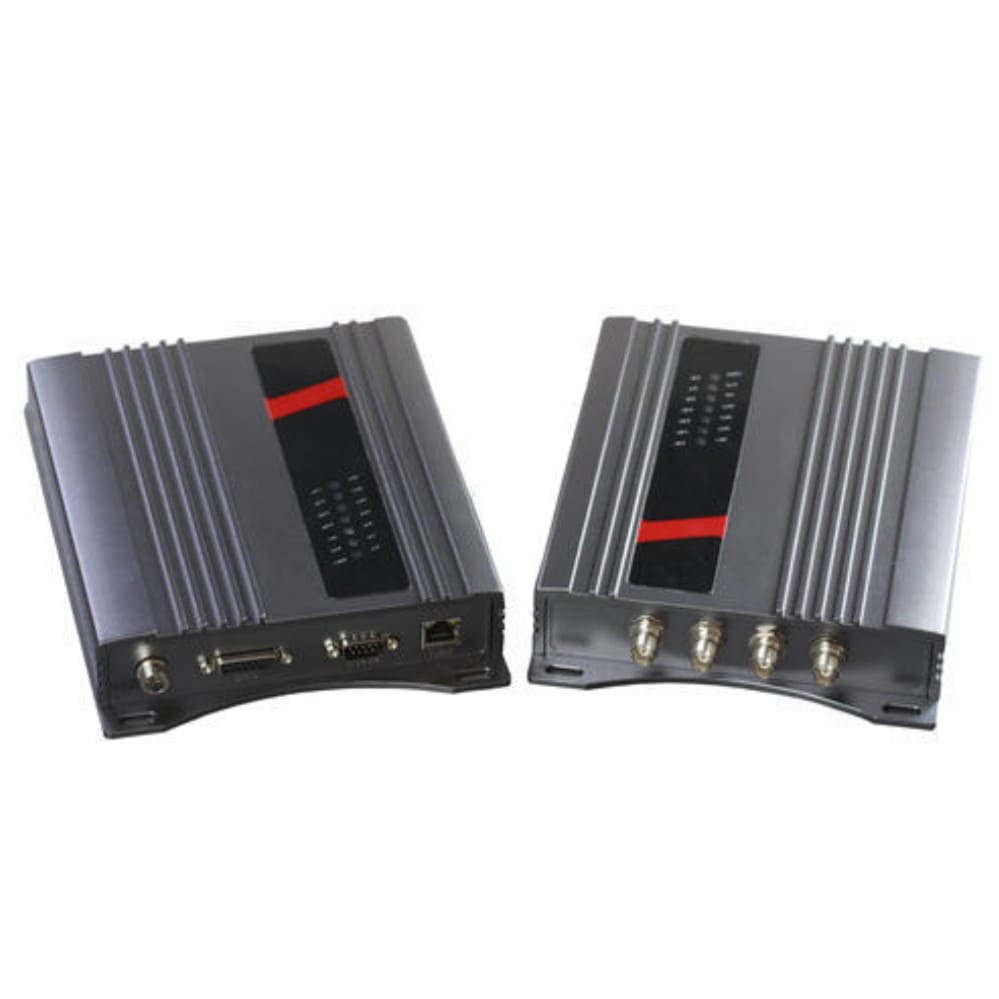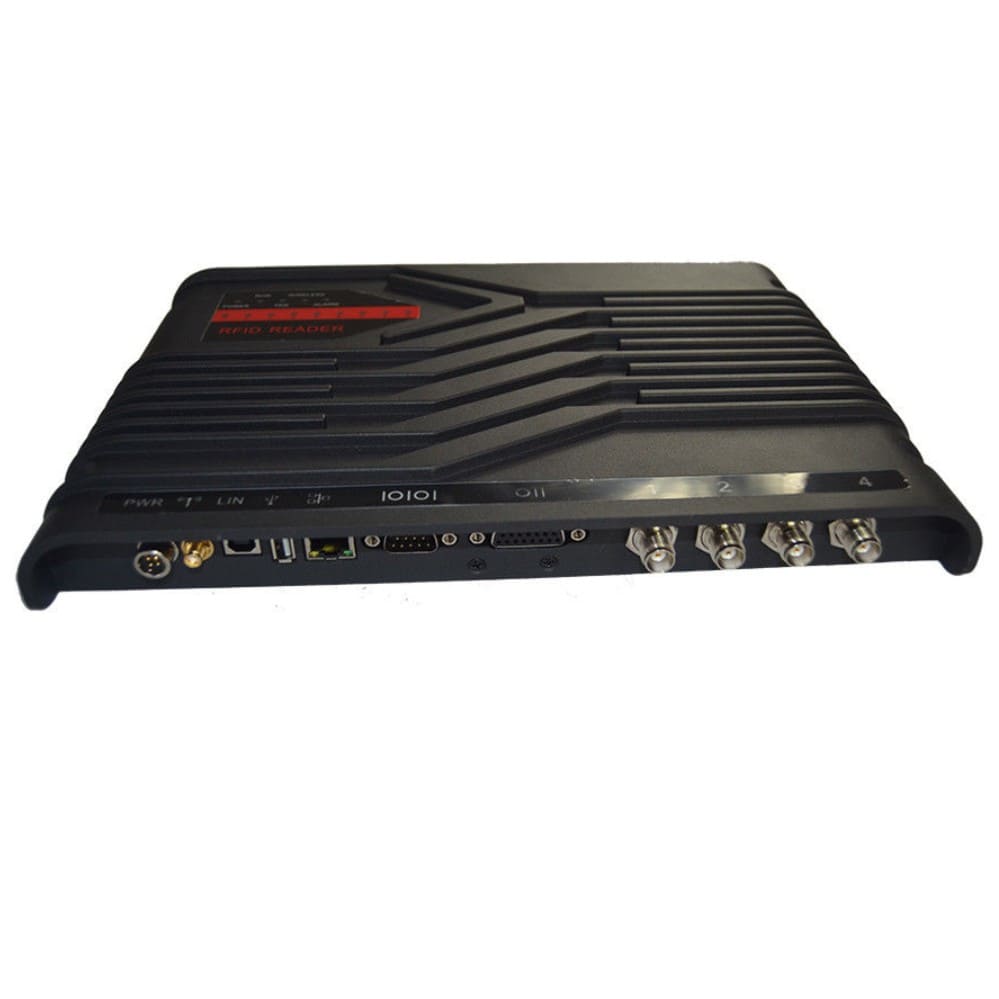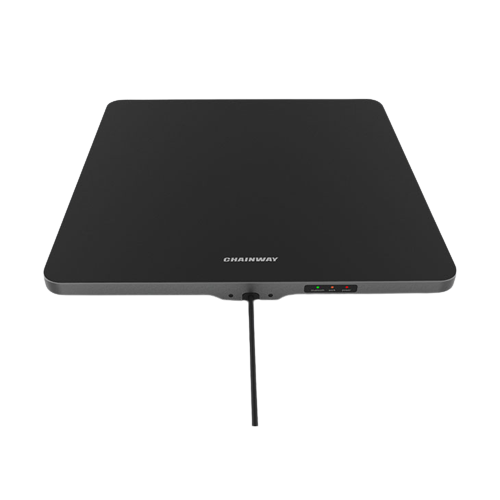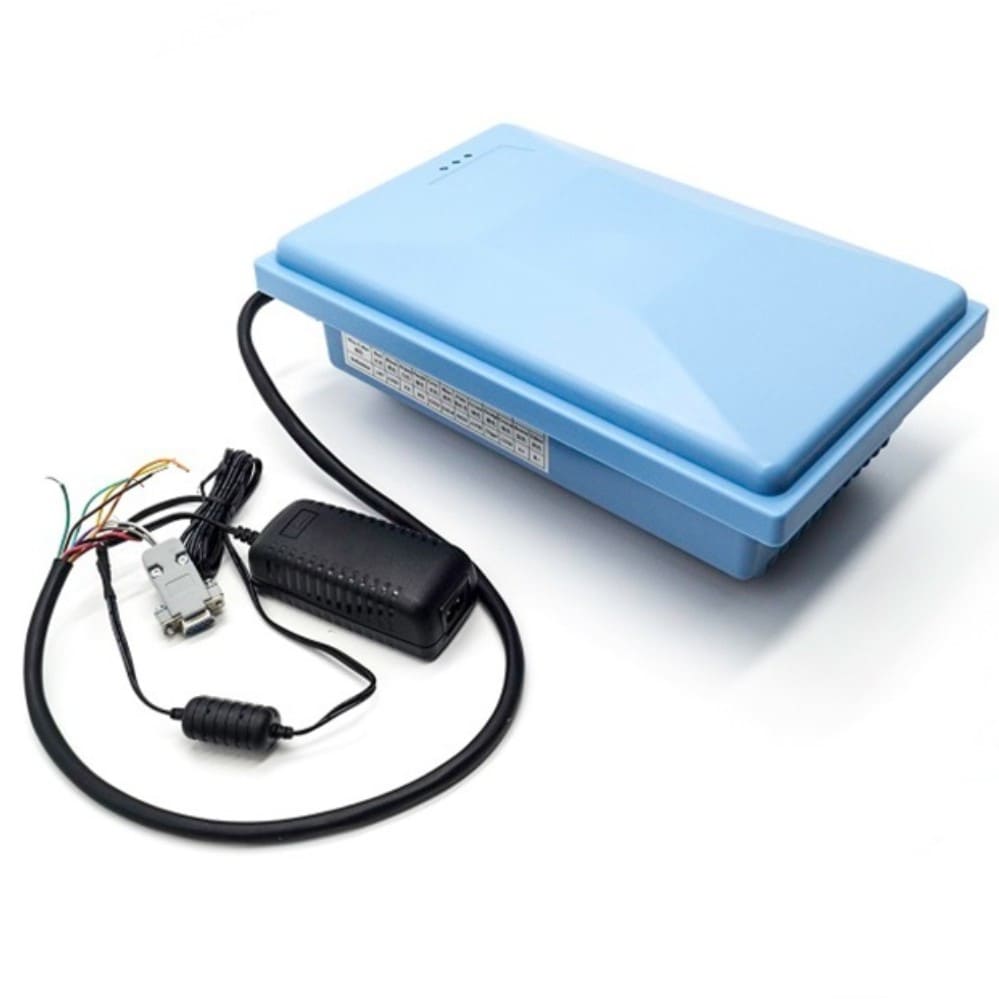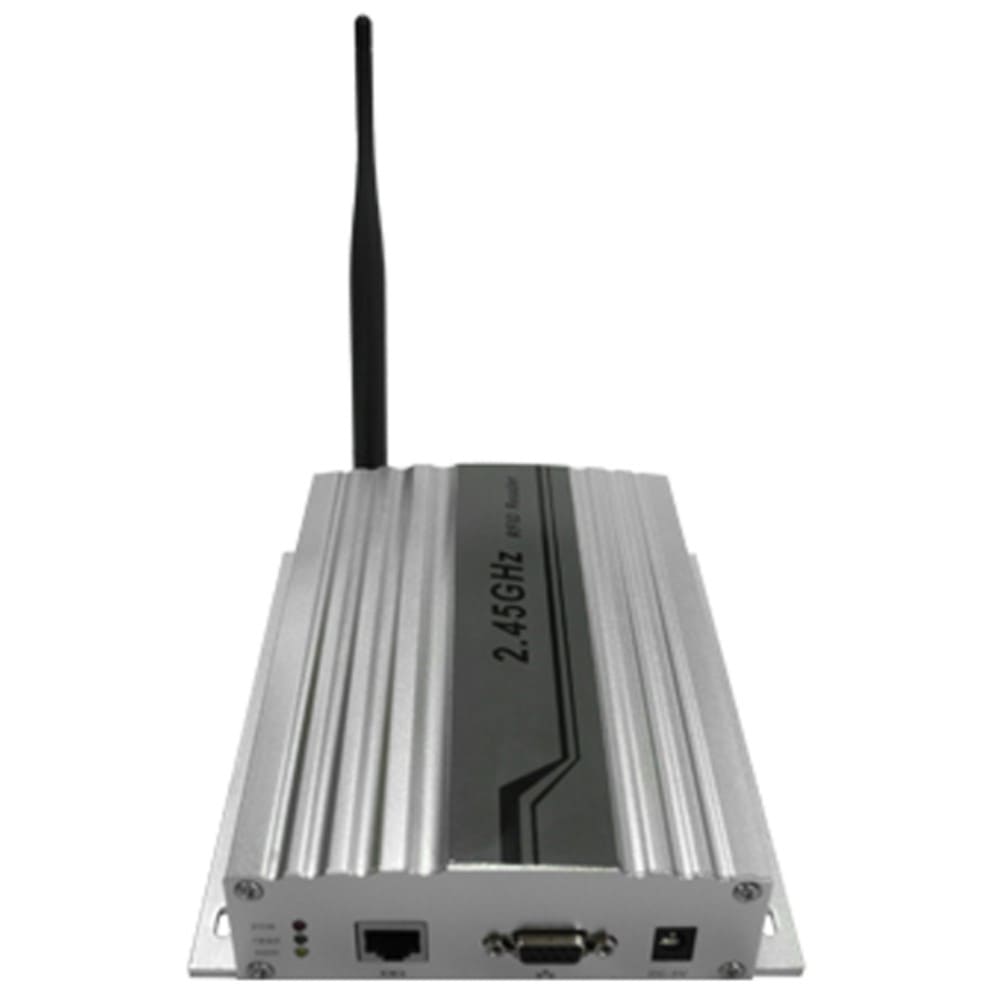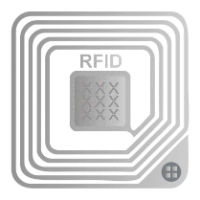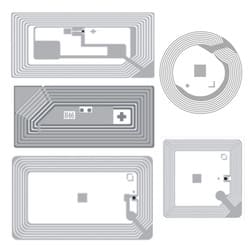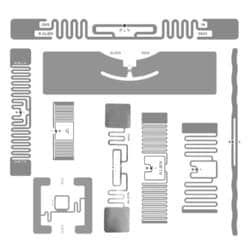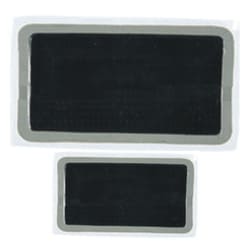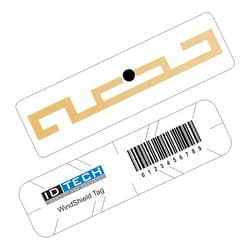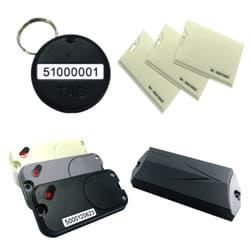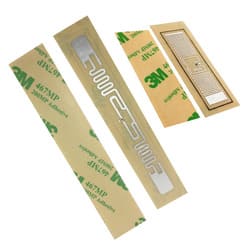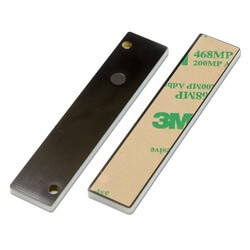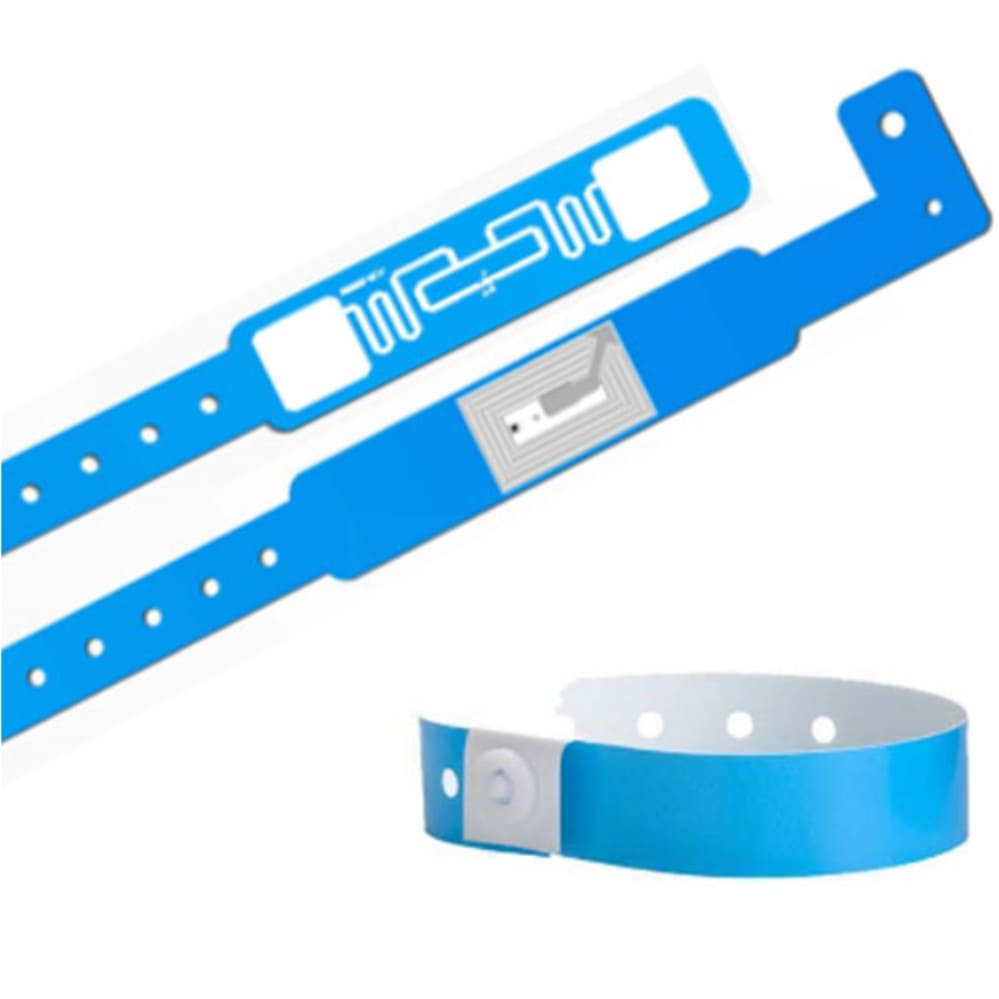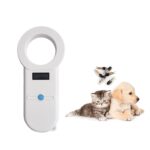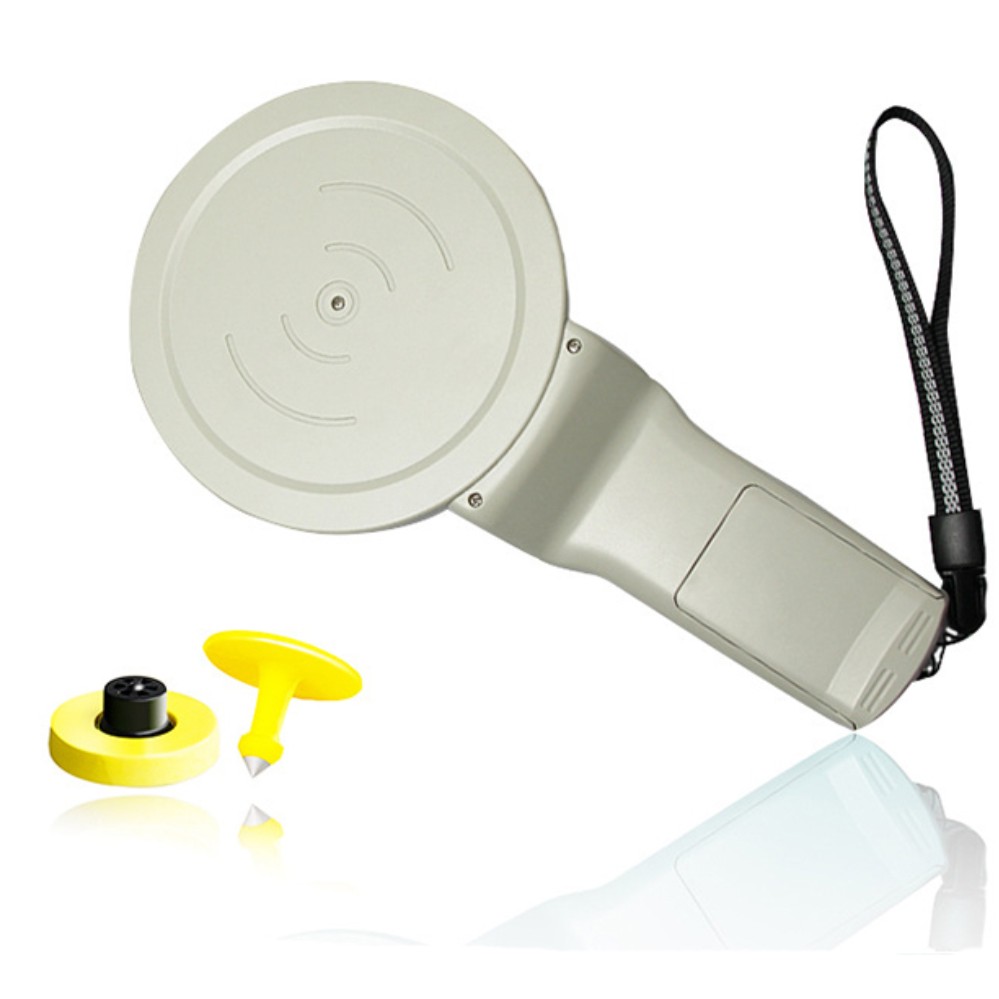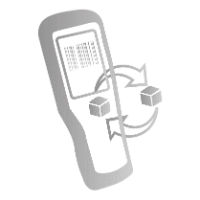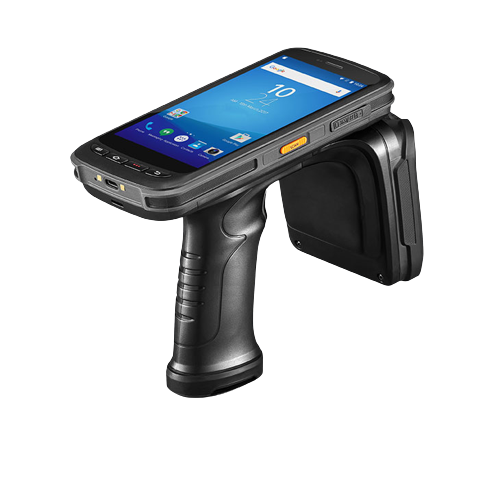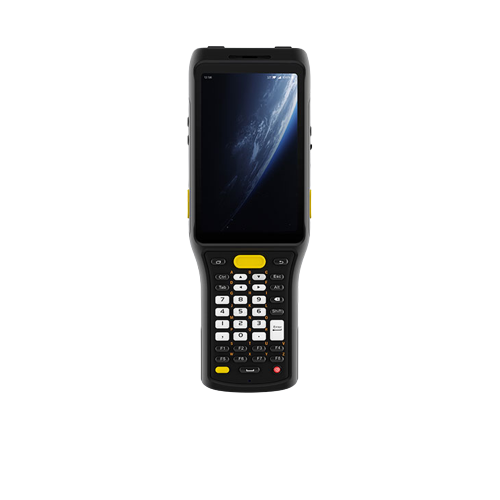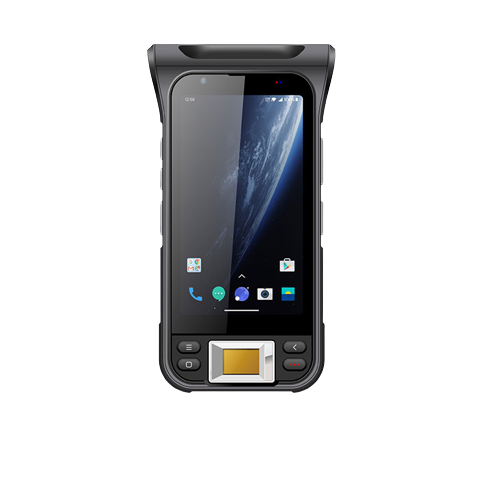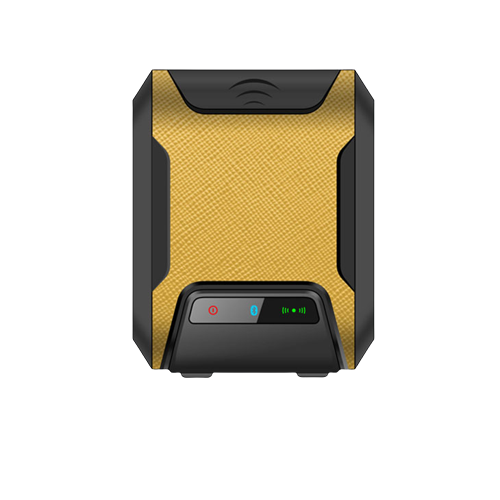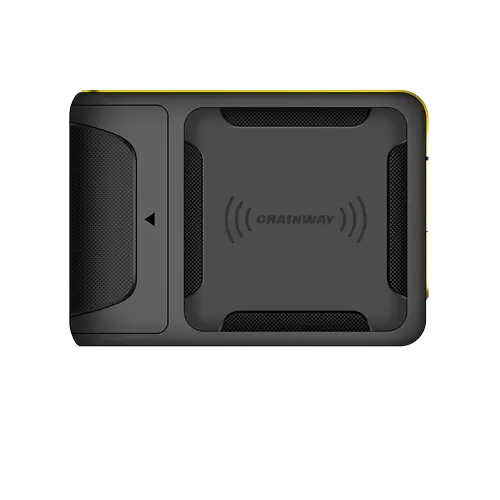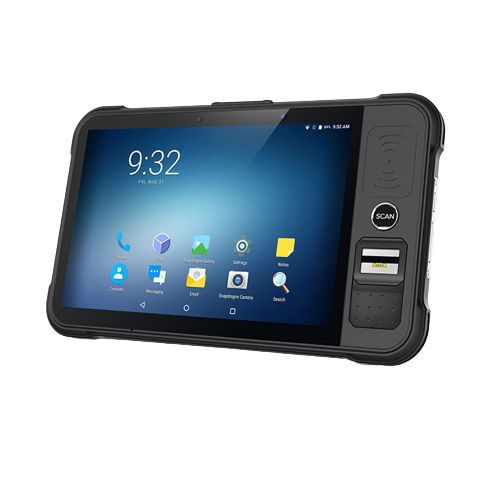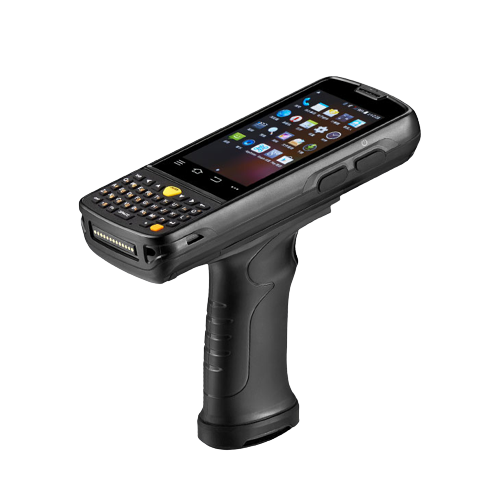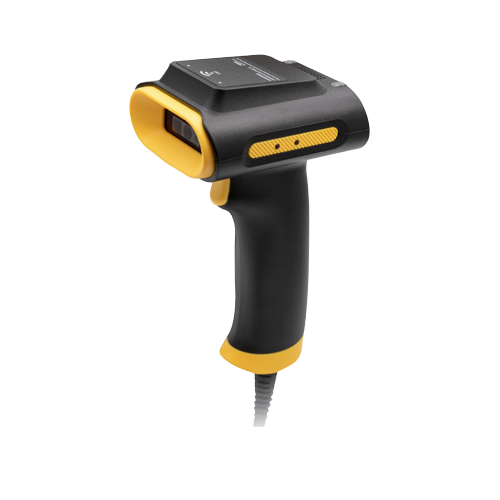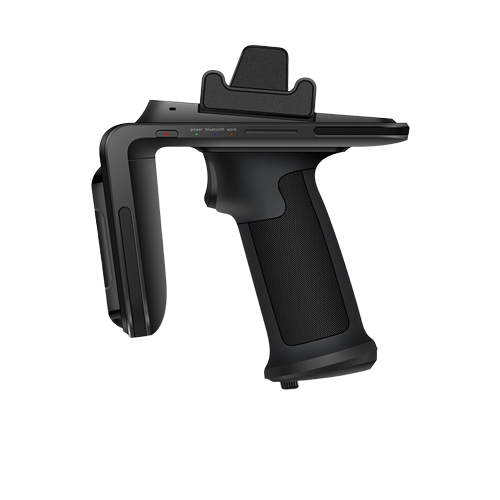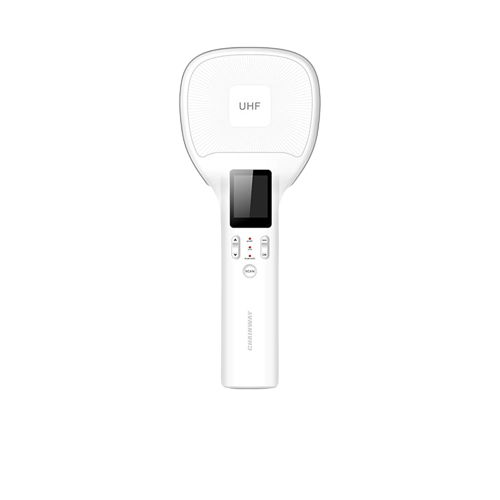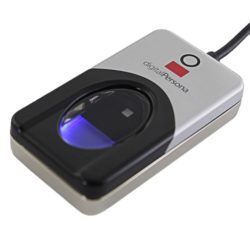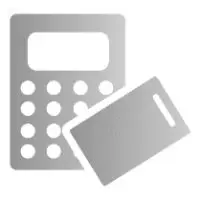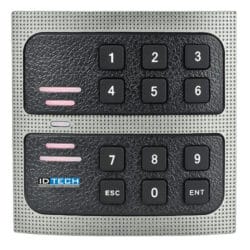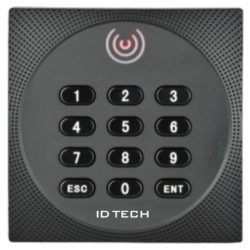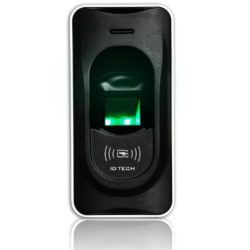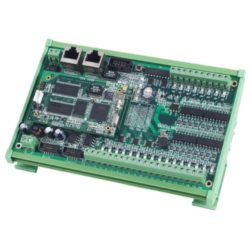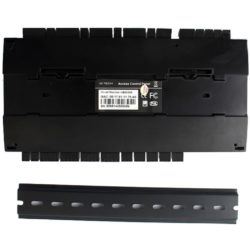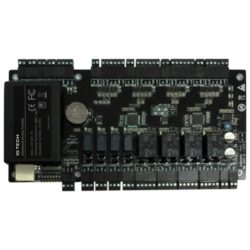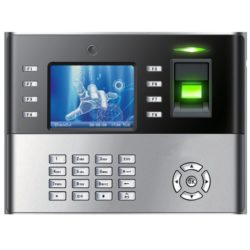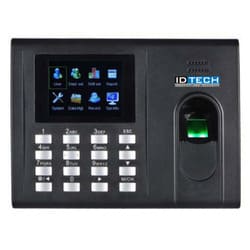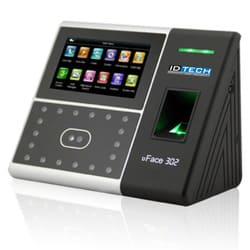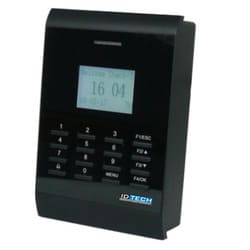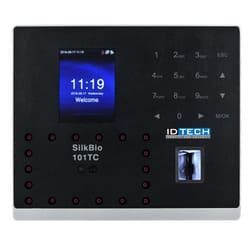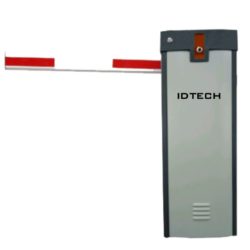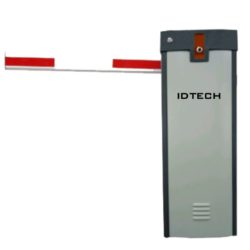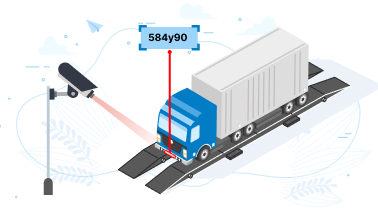Guide to Encoding Data in RFID Transponders
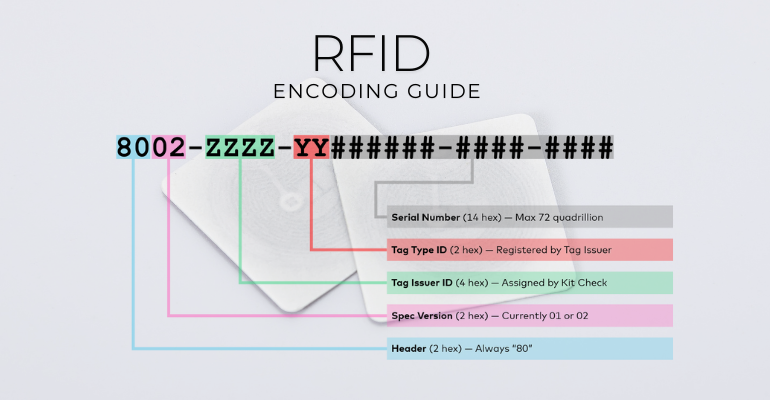
RFID tags offer a significantly expanded data storage capacity compared to barcodes. Composed of a microchip and an antenna, these tags can hold information such as product identity, user data, manufacturing details, and more. The microchip serves as the brain of the RFID tag, storing and processing data, while the antenna enables communication with RFID readers. Within the microchip, there are typically four memory banks: TID (Tag Identification), EPC (Electronic Product Code), USER Memory, and Reserved Memory.
Typically, EPC Memory of RFID tags can hold 128 bits of data, encompassing essential information for product identification and tracking. However, some high-capacity tags, depending on the manufacturer and type, can store even more, ranging from 256 to a remarkable 64K bits. These tags come in different formats, including read-only, write-once-read-many, or read/write configurations, offering adaptability to various operational requirements.
So, what can you actually encode onto an RFID tag?
GS1, RAIN RFID, and ISO all contribute to the development of encoding methods that maintain compatibility and standardization in the RFID ecosystem. The GS1 Global Trade Item Number (GTIN) standard, which includes the EPC (Electronic Product Code) for RFID tags, allows for the unique identification of products. This is consistent with RAIN RFID’s focus on UHF RFID technology, encouraging compatibility with current standards such as GS1 for encoding EPC data on RFID tags. In addition, ISO standards, such as the ISO/IEC 18000 series, establish further requirements for air interface protocols and data encoding techniques. These standards work together to provide effective data encoding, ensuring that tagged objects are accurately and seamlessly identified throughout supply chains and other applications.
On each RAIN RFID tag, there are four distinct memory banks:
Usually the encoding information falls into 3 categories:
- A Random Identifier
- A Personalized Number, Identifier, or Encoding Scheme
- Data and Records
A Random Identifier
For many applications, users simply encode a randomly generated alphanumeric string as the tag’s primary ID. Then, using software, the tag ID is associated with relevant information in a database. Think of it as a randomly generated ticket number assigned to a customer service request. If you read just the ticket number by itself, you have no idea what information is associated with that particular ticket; however, if you access the company’s customer service system, you’ll see any and all relevant information associated with that ticket number.
Personalized Number, Identifier, or Encoding Scheme
Another option is to use a Custom Number, Identifier, or Coding Scheme.
For instance, the VIN (Vehicle Identification Number) of an automobile or the ISSN (International Standard Serial Number) of a publication can be encoded onto the EPC (Electronic Product Code) or User Memory Bank of the RFID tag. This strategy is often preferred as the numeric code directly corresponds to the tagged item, simplifying operational procedures.
An identification or coding framework, like SGTIN (Serialized Global Trade Item Number), designed to uniquely identify trade items, or GRAI (Global Returnable Asset Identifier), intended for standardized coding of returnable assets, provides specifications for encoding RFID tags affixed to items as they move across different locations, enabling their individual identification at each stage of their journey.
For example, a pharmaceutical company adopting a custom coding scheme compliant with SGTIN standards to encode RFID tags on medication packaging. This scheme incorporates vital information such as batch numbers, expiration dates, and dosage strengths, facilitating efficient inventory management and ensuring regulatory compliance across distribution channels.
Data or Records
This can be in the form of general information, such as encoding the EPC number as an item’s human readable name, like, “Blue Shirt”.
For example, railways wagon tags with a capacity of storing up to 3K bits of information can accommodate very detailed data. For instance, intricate service records specific to each wagon can be stored within these tags. This feature becomes particularly valuable in environments where Wi-Fi or cellular coverage is limited or unavailable, making direct storage of essential data on the tag the most practical solution.
RFID tags offer a significantly more advanced data storage capability compared to barcodes, which lack a microchip. While barcodes, such as UPC and EAN barcodes, have restricted storage capacities and can be universally read, RAIN RFID tags boast a sophisticated architecture enabling them to store diverse types of data across multiple memory banks. The TID, EPC, USER, and Reserve memory banks are among them; they all have distinct storage capacity that are suited to various application requirements.







